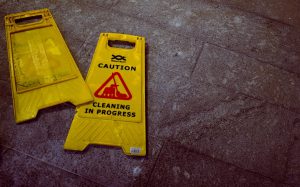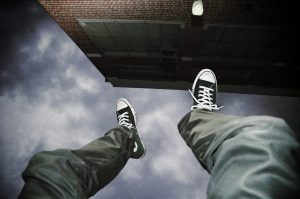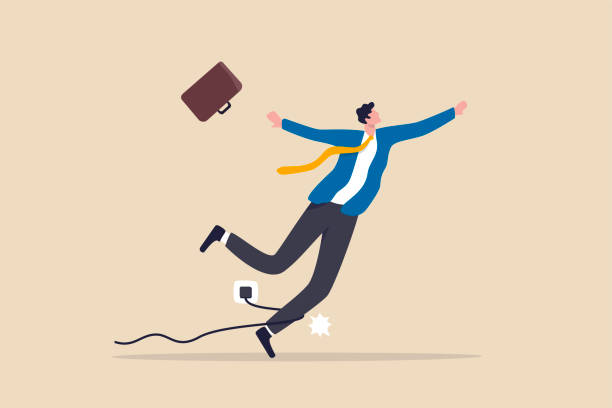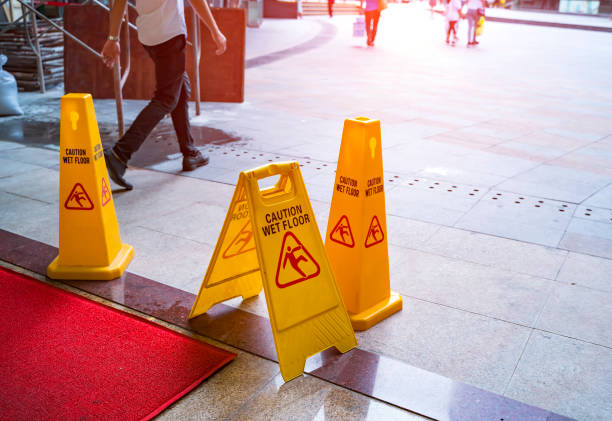The term slip and fall’ refers to a personal injury claim in which someone is hurt after slipping, tripping, and falling on someone else’s property. Slip and fall accidents are a sort of negligence that falls under the legal notion of premises liability. All property owners must practice reasonable care in keeping their property to keep their guests safe. Otherwise, they will be held liable for slip and fall accidents.
The number of people needing emergency medical care because of a slip and fall accident is more than one million yearly. Besides, these accidents can occur anywhere, including your home, a friend’s home, a business, a city street sidewalk, or even a path leading to an apartment complex. The following are the top five causes of slip and fall accidents:

1. Cluttered or Wet Floors
Accidents involving slips and falls can occur on floors cluttered with equipment, cords, and garbage. Owners of real estate or commercial establishments frequently fail to uphold their obligation to promptly clear clutter and junk from floors. While most of these mishaps are minor, some can be highly serious and call immediate medical attention.
Water, soap, oil, or other liquids reduce traction and increase the risk of falling when applied to a surface. Unfortunately, incidents like these frequently occur in private, public, commercial, and industrial settings. Because of this, wet or cluttered floors present the most significant risk of slip and fall incidents. Everyone is accountable for stopping them. Everyone should make an effort to keep the floor clear of debris. Cleanliness is essential, and regular inspections should guarantee that surfaces are secure. If a problem is found, it needs to be signed, reported, and rectified.

2. Improper Training
Slips and falls are frequent in the workplace, especially in construction. Such accidents are frequently brought on by poor training. The National Institute for Occupational Safety and Health and the Centers for Disease Control and Prevention (CDC) have developed a fact sheet that illustrates how simple it is to minimize workplace slip and fall accidents. Training is a crucial component in this.
Each worker in a high-risk industry should receive the appropriate training to use the tools and equipment required for the task. Each job should also be carefully planned, and workers should be given the necessary equipment to stay safe. The contractor or employer may be liable for damages if this isn’t done.
3. Lack of Hazard Warning
A property owner is expected to address any hazards or potentially hazardous conditions when they are brought to their attention. Some risks, nevertheless, might not be readily fixable. For instance, cleaning up a damp floor takes significantly less time than fixing a sidewalk.
Businesses and property owners should install warning signs for customers and the general public to help people avoid potential dangers in situations where they cannot fix a hazard immediately. Slip and fall accidents frequently result from a lack of hazard warnings.
4. Careless Nursing Homes
One of the most frequent causes of slip and fall incidents is nursing home negligence, which is a very alarming truth. Elderly persons have a greatly diminished sense of balance, which increases their risk of falling. According to the CDC, one in three seniors over the age of 65 has a fall each year. Sadly, there is a significantly greater likelihood that the damage may be fatal.
Typically, they cause hip fractures. The fact that so many administrators and staff members in nursing homes fail to support and monitor their residents appropriately is a very alarming figure. As a result, it is one of the locations where a slip and fall accident is most likely to happen.
5. Fraud
Another startling statistic is Fraud. The National Floor Safety Institute estimates that about 3% of slip-and-fall instances are false. In certain situations, this is carried off by preparing the ground for the fall. For example, someone could deliberately spill oil in a grocery store, causing them to trip over it. Alternatively, some sue a party not at fault for their injury to recover damages.
For instance, someone can claim that an injury they experienced occurred at work even when they received it at home. Last but not least, there are instances where a slip and fall injury is reported but never actually happened. Thankfully, fraud cases are uncommon, but they rank among the top five reasons for slips and falls.
Most of these accidents can be avoided with the proper care and attention. Most of the time, exercising caution and paying attention won’t be expensive either. Indeed, investing in training, wearing appropriate footwear, focusing on excellent housekeeping, and making sure any risks are correctly marked with signs costs practically nothing compared to the possible damages that may need to be paid to someone who suffers an injury.
Conclusion
Slip and fall accidents may occur to anyone, anywhere, and are more dangerous than most people believe. In the United States, accidents involving slips, trips, and falls account for 15% of fatalities, second only to car accidents. Such accidents have a variety of reasons, some of the more significant of which are highlighted above. However, these accidents can be prevented with the proper precautions and attention.




